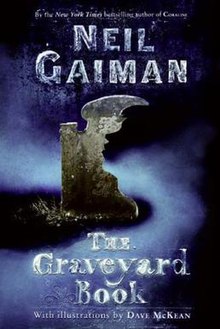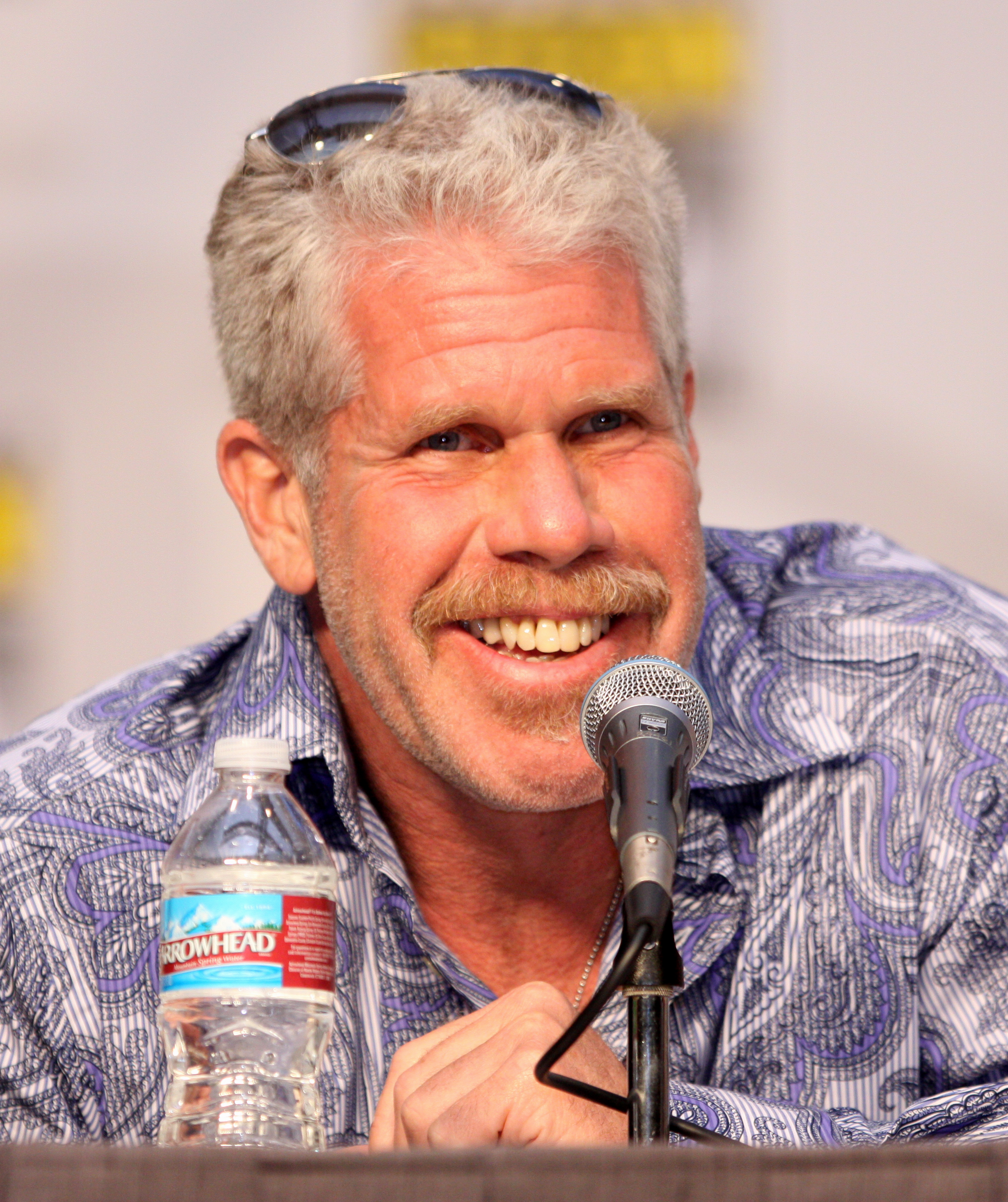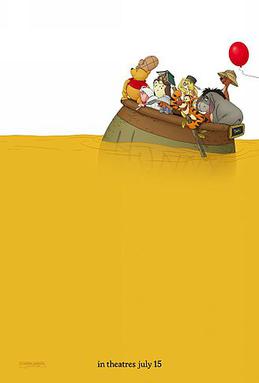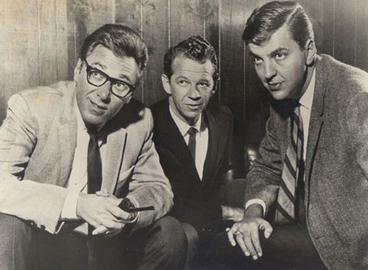Title: The Graveyard Book
Author: Neil Gaiman
 |
| via Wikipedia |
The basic narrative structure is Kipling but the world-building is Gaiman, with an assist from illustrator Dave McKean, his longtime collaborator. A little boy, on the run from a man who had just murdered his family, wanders into an old cemetery. The ghostly inhabitants take him in and do their best to raise him as clearly not one of their own. They give him a near-anonymous name: Nobody Owens, Bod for short. Bod's friends - truly his extended family - span centuries and social classes, including the outcasts in the Potter's Field. His Bagheera is Silas, a being who resides between the worlds of the dead and the living.
Bod does have occasional interactions with the world beyond the graveyard. He befriends a little girl. He goes to school briefly. Unfortunately, such adventures leave him vulnerable to the man who is still out to kill him for reasons unknown. So he spends most of his life behind the gates of the graveyard where Silas and the others can keep him safe.
It occurs to me in reading this book that my issues with Gaiman have nothing to do with his style. He's a wonderful writer. But his stories tend toward horror and I've never been so keen on the trappings of that genre. I prefer wizards to vampires and elves to ghosts. But I'm always up for suspense and The Graveyard Book delivers nicely. It's one of those reads where the pace picks up considerably at the end, as the reader sorts out what's going on just ahead of the characters.
The Graveyard Book was my daughter's choice for me in our most recent family book swap. The story has been adapted into a graphic novel in two volumes. A film is in the works, too, to be directed by Ron Howard.
Please join us and share your own review of your best read from the past month. This month's link list is below. I'll keep it open until the end of the day. I'll post August's tomorrow. Meetings are the last Friday of each month. Next gathering is August 28th.




